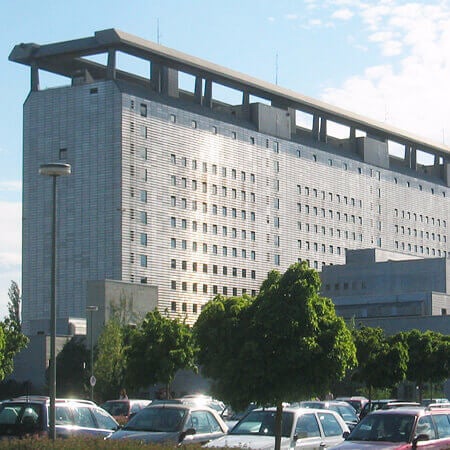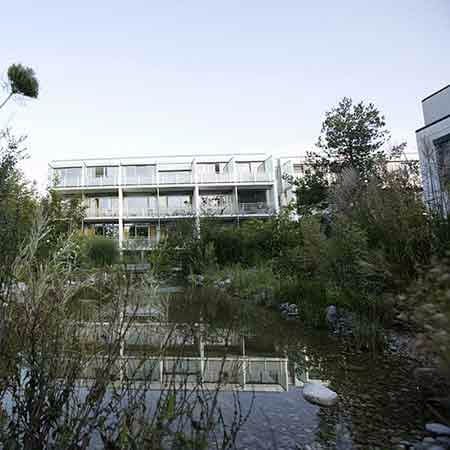About the disease
Fournier gangrene is an infection, which can originate either in the scrotum, penis or in perineum, which is an area below the pelvic diaphragm. Perineum is also known as an erogenous zone for both males and females. Fournier gangrene can develop as a result of perirectal infection or diseases of urinary tract. Pancreatitis can also be a contributing factor. 20% of patients with fournier gangrene had previous history of pancreatitis. It begins with spreading redness in the scrotum area and then the swelling and pain behind the gangrene process, which leads to sloughing of the perineum tissues. The necrotizing process spreads quite quickly because of the high concentration of the damaged pancreatic enzymes.
This type of gangrene is more common in males. 70% of all cases are predominant in men. It is a relatively rare condition with 1, 800 cases have been recorded in England since1950.
People can develop gangrene in the perineum because of such precipitating factors:
- Thoracic or pelvic trauma
- Previous surgery in the scrotum or perineum
- Prosthetic implants in the penile area
- Genital piercings
Very rarely, children can develop fournier gangrene as a result of circumcision or untreated timely hernia. People who live in tropical regions can develop fournier gangrene as a result of venomous insect bites.
Symptoms
- Pain in the scrotum
- Redness in the genital area
- Severe pain in the perineum
- Fever
- Damaged urinary function
- Itching
Diagnosis
- Ultrasound of the perineum can show if this area is damaged. It can also show if scrotal walls are thickened which is another indicator of the disease.
- Blood and urine test determines if the urinary tract system was affected by the infection
- Histological test can determine if the necrosis of the tissues have began.
- CT scan produces the image of the soft tissue, which allows doctors understand if gangrene spread there.
Treatment
- Surgical treatment is needed once the person was diagnosed with fournier gangrene. A person usually needs to undergo debridement, which is removal of the dead tissues to prevent gangrene from spreading further and affecting with infection the whole body. Most often chemical enzymes, which were affected by the gangrene, must also be eliminated. Fournier Gangrene is a medical emergency, that`s why surgery needs to carried out in the matter of hours after the diagnosis was done.
- Surgical treatment with skin transplantation also aims to remove the necrotic tissue, but it is combined with reconstructive surgery, during which a skin graft if used to cover the perineum area after the resection. Skin graft is usually used from another part of the body.
After the resection surgeon can also create the bypass in perineum area to create the new blood flow, which will normalize whole blood circulation of the body.
Authors: Dr. Nadezhda Ivanisova, Dr. Sergey Pashchenko
















